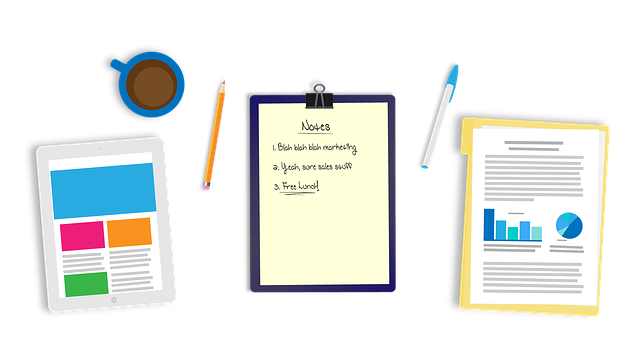AI angle-based exercise repetition counters revolutionize peak hour traffic management by predicting congestion patterns with high accuracy. These tools analyze historical and real-time data, optimize traffic signal timings, and provide dynamic routing, reducing congestion and wait times during busy periods. By enhancing urban mobility, sustainability, and quality of life for city dwellers, AI-driven predictive tools are a game-changer in today's digital era.
In the ever-evolving urban landscape, managing peak hour traffic poses significant challenges. Crowded roads and heavy vehicular flow can lead to congestion, delaying commuters and impacting city life. This article explores innovative solutions, focusing on predictive tools that leverage AI and angle-based exercise repetition counters (ABERC) to revolutionize traffic management. By understanding peak hour dynamics, implementing these advanced technologies promises smoother commuting experiences and more efficient urban mobility.
- Understanding Peak Hour Traffic Challenges
- AI and Angle-Based Exercise Repetition Counters: A Revolutionary Approach
- Implementing Predictive Tools for Efficient Traffic Management
Understanding Peak Hour Traffic Challenges

Peak hour traffic poses significant challenges for urban mobility, characterized by dense vehicle congestion and increased travel times. This period often sees a surge in road users, including commuters, delivery vehicles, and tourists, all vying for space on already crowded roads. The complexity of peak hour dynamics is further exacerbated by unpredictable events like accidents or special events that can cause sudden traffic disruptions.
Artificial Intelligence (AI) offers a promising solution to these challenges through innovative tools that leverage data-driven insights. For instance, AI algorithms can analyze historical and real-time traffic data to predict congestion patterns. These predictive models take into account various factors such as vehicle speed, volume, and route preferences, providing valuable information to traffic management centers. Moreover, angle-based exercise repetition counters, a unique AI application, can optimize traffic signal timings by adjusting the duration of green lights based on traffic flow, ensuring smoother transitions and reducing wait times for vehicles.
AI and Angle-Based Exercise Repetition Counters: A Revolutionary Approach

AI and Angle-Based Exercise Repetition Counters represent a revolutionary approach to managing peak hour traffic. By leveraging artificial intelligence, these systems analyze historical data and real-time sensor readings to predict traffic patterns with unprecedented accuracy. This predictive capability allows for dynamic routing and capacity management, ensuring that vehicles are guided efficiently through congested areas during peak times.
The key innovation lies in the use of AI angle-based exercise repetition counters. These advanced tools not only monitor but also understand the intricate relationships between road networks, vehicle movements, and traffic signals. By focusing on angle-based data, they can identify subtle patterns that traditional systems might miss, leading to more precise traffic management strategies. This precision enhances overall traffic flow, reduces congestion, and ultimately contributes to a smoother, safer commute for everyone.
Implementing Predictive Tools for Efficient Traffic Management

Implementing Predictive Tools for Efficient Traffic Management
In today’s digital era, AI-driven predictive tools are revolutionizing traffic management, offering a sophisticated approach to navigate the intricate dance of peak hour congestion. These innovative solutions leverage machine learning algorithms and vast datasets to forecast traffic patterns with remarkable accuracy. By analyzing historical data, real-time sensor feeds, and external factors like weather and events, these tools predict congestion hotspots and suggest optimal route alternatives. This proactive strategy empowers transportation authorities and city planners to make informed decisions, ensuring smoother commutes for folks navigating bustling metropolises.
One particular AI advantage lies in its angle-based exercise repetition counter capability. By understanding traffic flow dynamics at various intersections, the tools can optimize signal timings. This ensures that vehicles experience fewer delays and reduces the angstrom-level frustration drivers often feel during peak hours. Ultimately, efficient traffic management translates into enhanced urban mobility, environmental sustainability, and improved quality of life for residents.
Predictive tools powered by AI, such as angle-based exercise repetition counters, offer a revolutionary approach to managing peak hour traffic. By leveraging data and advanced algorithms, these tools enable more efficient traffic management, reducing congestion and improving travel experiences. As cities continue to grow, implementing these innovative solutions is crucial for navigating the challenges of bustling peak hours, paving the way for smarter and smoother transportation systems.
